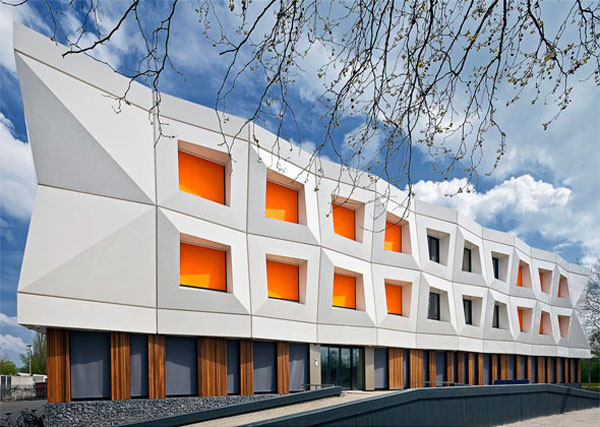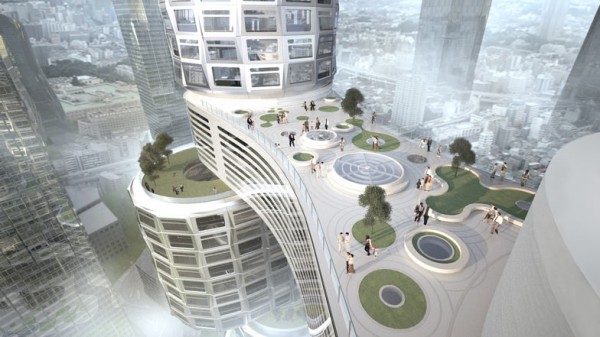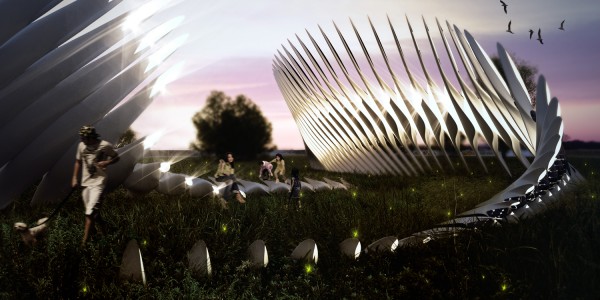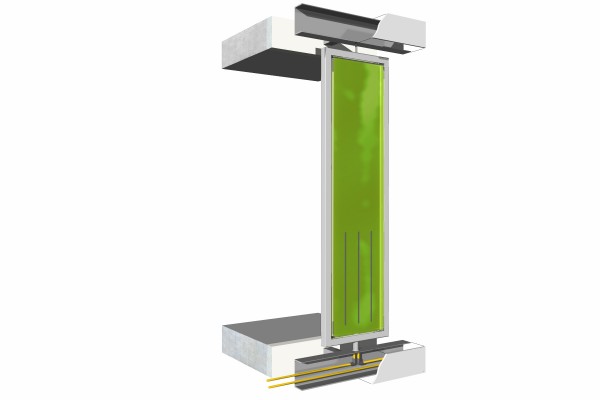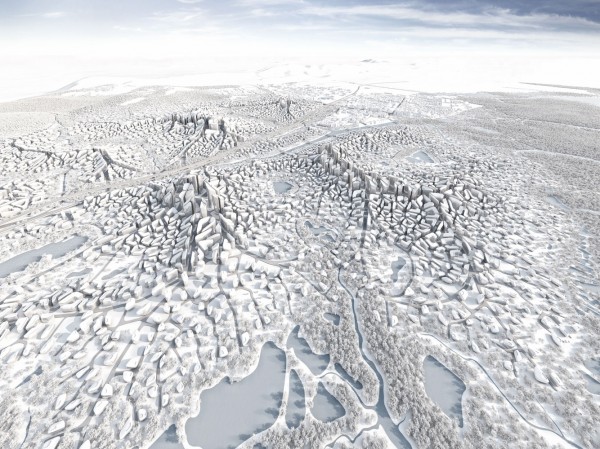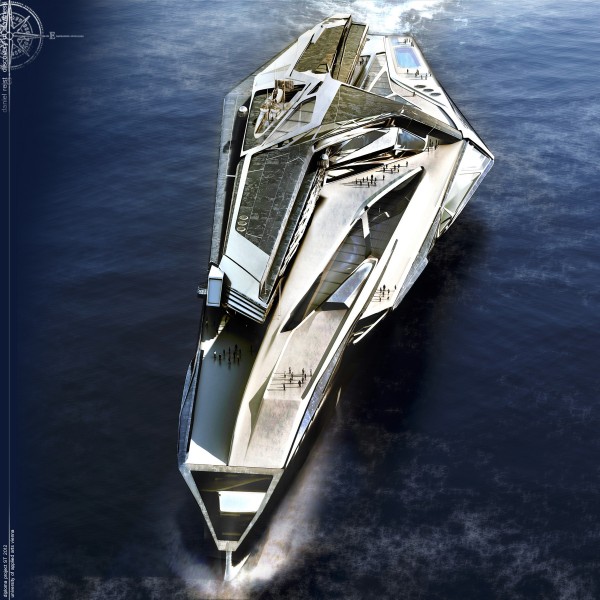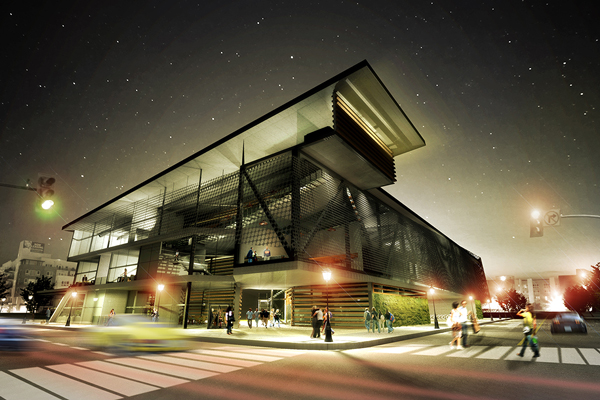Designed by KAW Architecten&Adviseurs, Veilige Veste is a safe house for victims of human trafficking and child prostitution. The three-storey building, first constructed as a police station in the 1970s, provides home for 48 girls that have suffered as victims of prostitution or abuse. Veilige Veste is the first major renovation in North Netherlands that implements Passivhaus principles. The building uses very little energy with optimum insulation and draft proofing and minimal installations.
The layout of the building is a perfect square with horizontal and vertical grids of 360 cm, which is also the starting point of the design. The facade is covered with diagonally angled, square elements. Beneath the white squares, wooden panels and large windows regularly alternate along the ground floor elevations. The building stands on a raised plinth, creating a fortress-like appearance. Although providing an intimate and sheltered atmosphere for the residents, the building engages in interaction with its surrounding. Read the rest of this entry »

